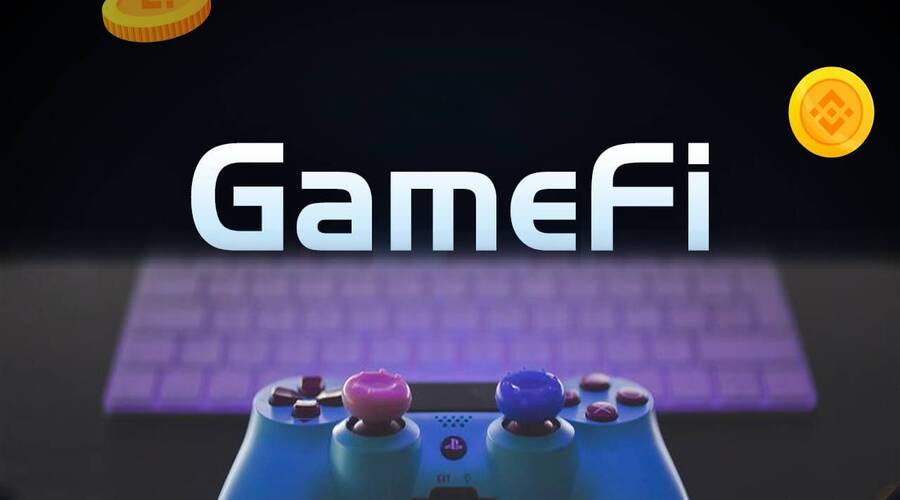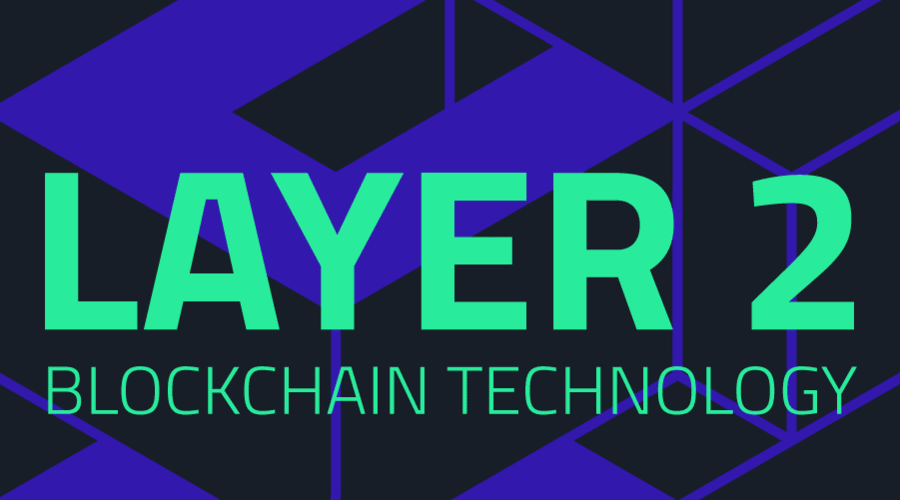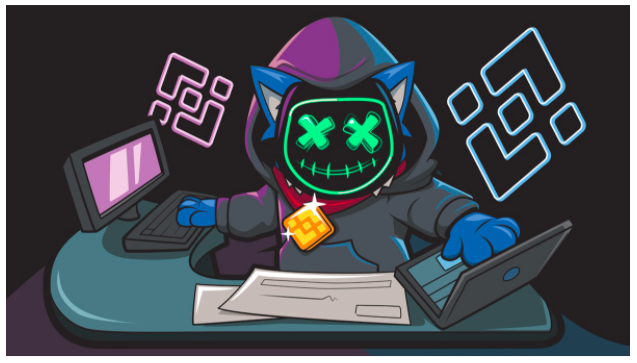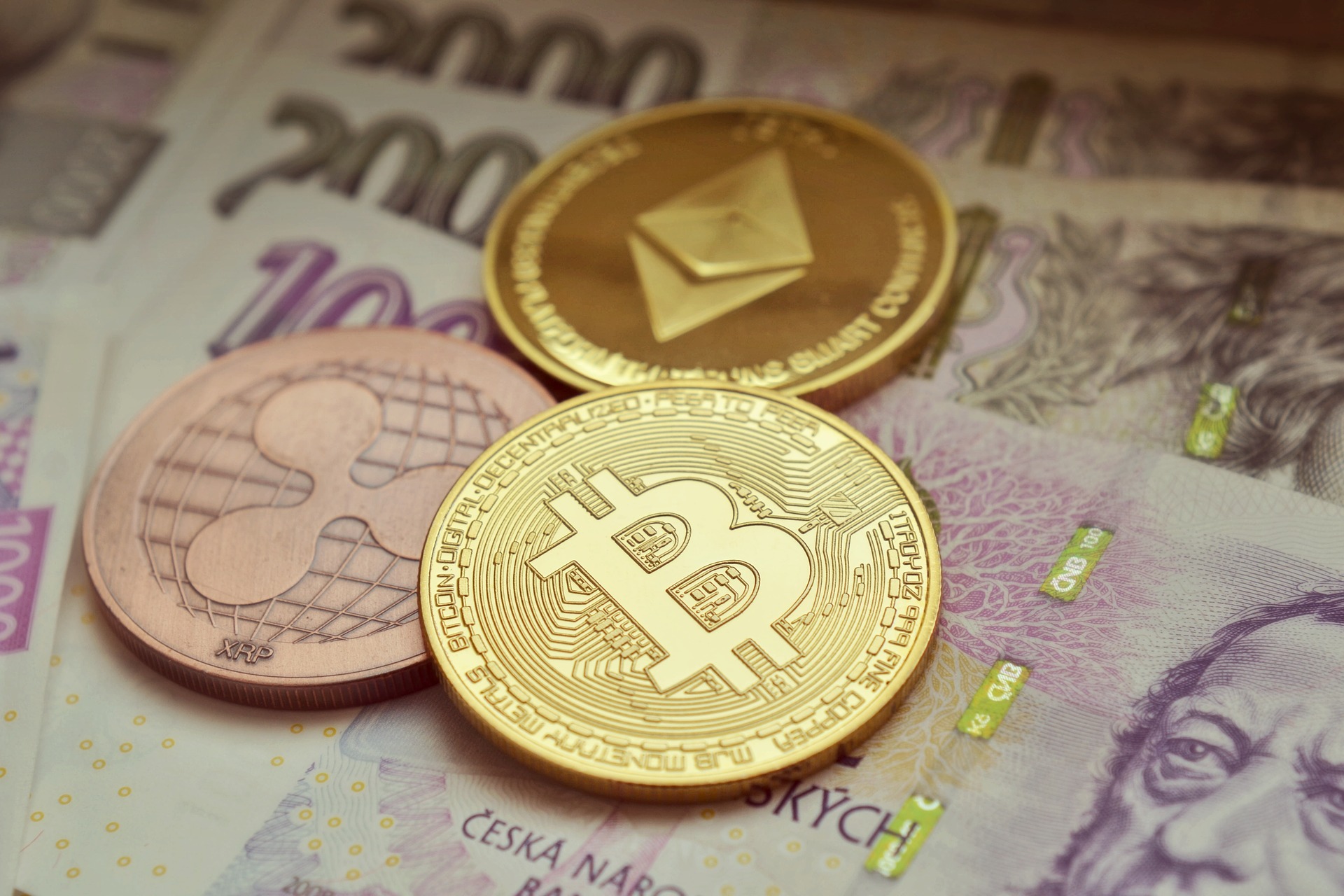Introduction
GameFi is an emerging trend in the gaming industry, where players are incentivized to earn real-world value through in-game activities. With the rise of blockchain technology, GameFi has become more accessible and secure, allowing gamers to participate in decentralized finance (DeFi) activities through gaming platforms. Artificial intelligence (AI) is a key technology that is playing an important role in GameFi. This article will explore the various applications of AI in GameFi.
AI-powered GameFi Platforms
One of the primary applications of AI in GameFi is the creation of AI-powered gaming platforms. These platforms use machine learning algorithms to provide a personalized gaming experience to players. They analyze player data to determine their preferences and behavior patterns, and then use this information to make personalized recommendations for in-game purchases or activities. This personalized approach can increase player engagement and drive revenue for the platform.
AI-powered Anti-Cheat Mechanisms
Cheating is a persistent problem in online gaming, and it is particularly prevalent in GameFi due to the real-world value of in-game items. AI-powered anti-cheat mechanisms can help to mitigate this problem by detecting and preventing cheating in real-time. These mechanisms use machine learning algorithms to analyze player behavior and identify anomalies that may indicate cheating. They can also use computer vision to analyze gameplay footage and detect cheating in real-time.
AI-powered Predictive Analytics
AI-powered predictive analytics can help GameFi platforms to better understand player behavior and preferences. By analyzing player data, machine learning algorithms can identify patterns and trends that can help platforms to predict future player behavior. This information can be used to make better decisions about in-game events, promotions, and pricing, ultimately leading to increased revenue and player engagement.
AI-powered Personalized Advertising
In addition to providing personalized in-game recommendations, AI can also be used to provide personalized advertising. By analyzing player data, machine learning algorithms can determine which types of advertisements are most likely to be effective for each individual player. This can lead to higher click-through rates and more effective advertising campaigns.
AI-powered Game Moderation
GameFi platforms often involve user-generated content, such as user-created levels or items. This content can be difficult to moderate, as it is constantly evolving and changing. AI-powered moderation tools can help to address this challenge by using machine learning algorithms to analyze user-generated content and detect inappropriate or offensive.
AI-powered Game Balancing
Another application of AI in GameFi is game balancing. Game balancing is the process of adjusting game mechanics and difficulty to ensure that the game is challenging and engaging for all players. It can be difficult to balance a game to suit all players, as each player has different skill levels and preferences. However, AI can help to make game balancing more accurate and efficient. Machine learning algorithms can analyze player data to determine which areas of the game are too easy or too difficult, and then make adjustments to balance the game.
AI-powered Dynamic Pricing
Dynamic pricing is a pricing strategy where the price of a product or service is adjusted based on market demand. In the GameFi industry, dynamic pricing can be used to adjust the price of in-game items based on player demand. AI can help to make dynamic pricing more accurate and efficient by analyzing player data to determine which items are in high demand and adjusting the price accordingly.
AI-powered Game Design
AI can also be used to assist in game design. Game designers can use machine learning algorithms to analyze player data and determine which game mechanics and features are most popular among players. This information can be used to guide game design decisions and ensure that new games are engaging and appealing to players.
AI-powered Game Testing
Game testing is a crucial part of game development, as it helps to identify bugs and ensure that the game is functioning properly. AI can help to automate the game testing process by using machine learning algorithms to identify potential bugs and glitches. This can save developers time and resources and help to ensure that games are released with fewer bugs.
AI-powered Chatbots
In the GameFi industry, chatbots can be used to provide customer support and assistance to players. AI-powered chatbots can provide instant responses to player queries, helping to improve player satisfaction and engagement. Chatbots can also be used to provide personalized recommendations to players, helping them to find new games or in-game items that they may be interested in.
AI-powered Player Retention
One of the biggest challenges in the GameFi industry is player retention. It can be difficult to keep players engaged and interested in a game for a long period of time. AI can help to address this challenge by analyzing player data to identify patterns and trends that may indicate a player is becoming disengaged. This information can be used to provide personalized incentives or rewards to encourage the player to continue playing the game.
AI-powered Personalized Quests
Quests are a common feature in many GameFi platforms, and they can help to keep players engaged by providing a sense of progression and accomplishment. AI can be used to create personalized quests for each player based on their individual preferences and gameplay history. By providing quests that are tailored to each player’s interests, GameFi platforms can help to keep players engaged and interested in the game.
AI-powered Procedural Generation
Procedural generation is a technique used in game development to generate game content (such as levels or items) algorithmically rather than manually. AI can be used to improve the accuracy and efficiency of procedural generation by analyzing player data to determine which types of content are most popular among players. This information can be used to guide the procedural generation process and ensure that the game content is engaging and appealing to players.
AI-powered Fraud Detection
Fraud is a significant problem in the GameFi industry, as it can result in the loss of real-world value for players. AI can be used to detect and prevent fraud by analyzing player data to identify suspicious behavior. For example, if a player suddenly starts making large transactions or engaging in unusual activity, this may indicate that they are attempting to commit fraud. AI-powered fraud detection can help to prevent these types of incidents and ensure that GameFi platforms are secure for players.
AI-powered Personalized Storylines
Storylines are an important part of many GameFi platforms, as they can help to provide context and meaning to in-game activities. AI can be used to create personalized storylines for each player based on their individual preferences and gameplay history. By providing storylines that are tailored to each player’s interests, GameFi platforms can help to keep players engaged and interested in the game.
Conclusion
The applications of AI in the GameFi industry are vast and varied. From fraud detection to personalized storylines, AI is helping to drive innovation and improve player experiences in the gaming industry. As the industry continues to grow and evolve, we can expect to see even more innovative uses of AI in the future.




